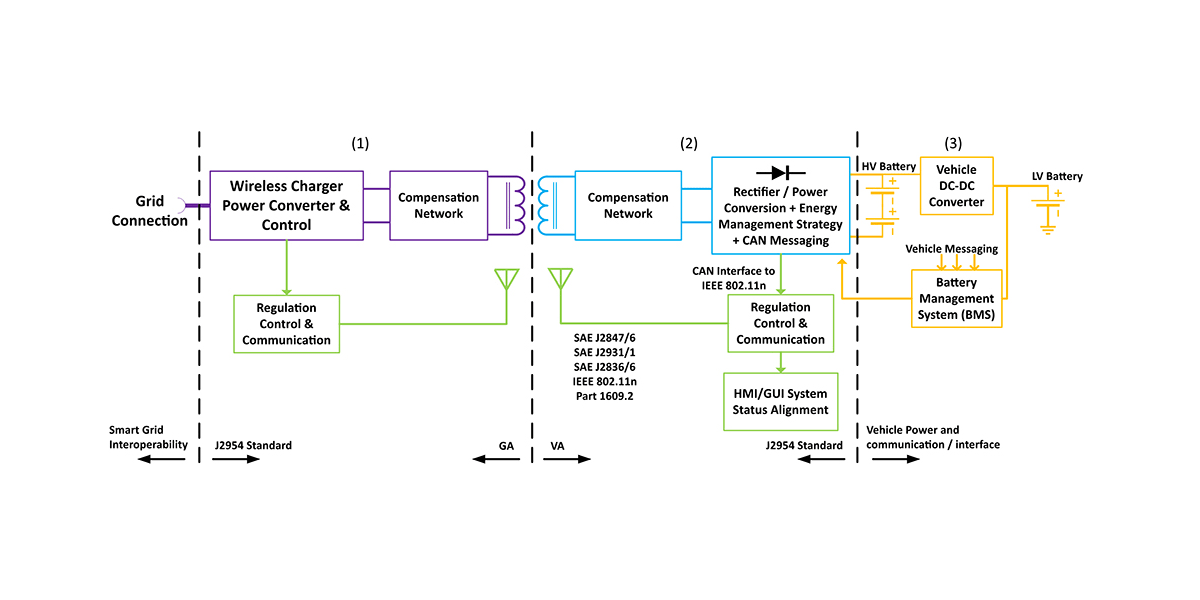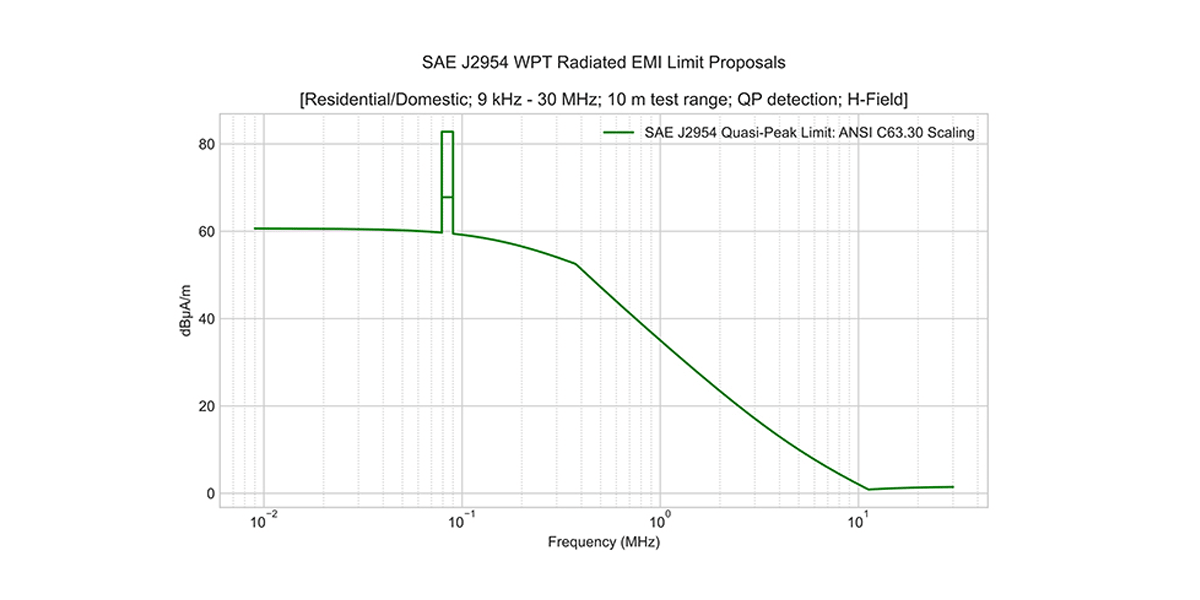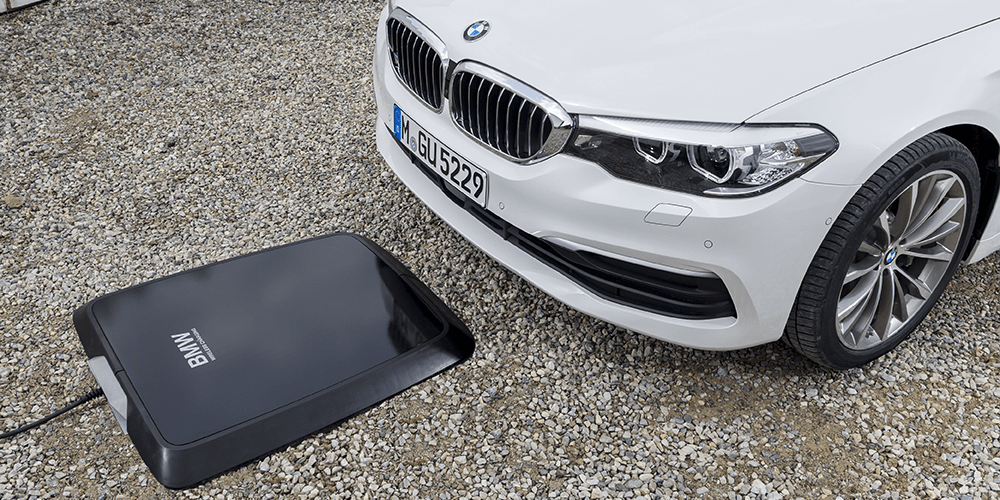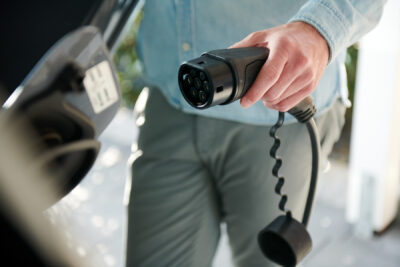SAE introduces standard for wireless charging up to 11 kW
SAE International has published the SAE J2954 standard for wireless charging of electric vehicles up to 11 kW. There is also an update to the SAE J2847/6 standard, which describes minimum requirements for communication between an electric vehicle and an inductive charging system.
The SAE J2954 standard defines requirements for safety, performance and interoperability on both the vehicle and charging infrastructure. The global association of more than 128,000 engineers and related technical experts in the aerospace, automotive and commercial-vehicle industries refers to the new standard as “EV game-changer”. This is based on the assumption that an inductive charging system is “considered a key element in accelerating the introduction of electric vehicles and autonomous vehicles”.
The SAE has been working on the standard in a special task force since 2007. “Charging your EV should be as simple as parking and walking away – the wireless charging SAE J2954 Standard gives freedom and convenience to do exactly that, safely and automatically,” said Jesse Schneider, chairman of the SAE J2954 Taskforce.


The WPT (Wireless Power Transfer) system defined by SAE should achieve 94 per cent efficiency in a vehicle with a ground clearance of ten inches or 25 centimetres. With a charging power of 11 kW, this would mean a power loss of 660 watts. A total of three power levels have been defined: WPT1 with 3.7 kW, WPT2 with 7 kW and WPT3 with 11 kW. The system is also compatible in reverse so that WPT1 designed vehicles should also be able to charge on a WPT3 infrastructure.
The standard also specifies requirements that are intended to guarantee interoperability: Every vehicle should be able to charge as soon as it is parked in a parking lot equipped with a ground assembly that is compatible with SAE J2954. The parking tolerances are 7.5 centimetres in the direction of travel and 10 centimetres in the transverse direction.
As soon as a vehicle is positioned above the ground assembly within the tolerances of the vehicle assembly, a communication handshake between the vehicle and the infrastructure takes place, as with conventional cable charging, before the charging process starts automatically. Charging without human intervention is considered a requirement for charging autonomous cars.
The SAE K2847/6 standard was also revised for this reason. The team responsible has used the work of the SAE J2954 team, according to a statement from the association. The system has now been expanded so that in the communication between the vehicle and the charging pad, information is also exchanged about whether the vehicle has been correctly aligned over the coils. Only then will “the subsystems for wireless charging be initialised, run up to full power, perform active wireless power transfer and end the WPT session”. SAE uses the IEEE 802.11n standard as communication hardware.





2 Comments